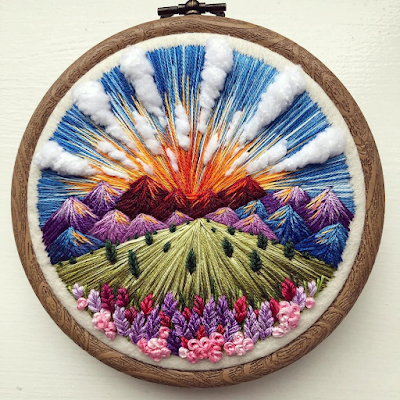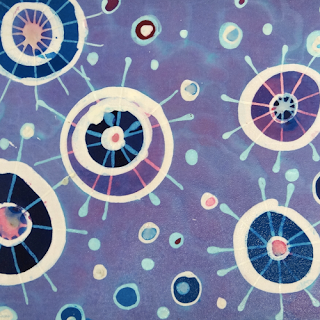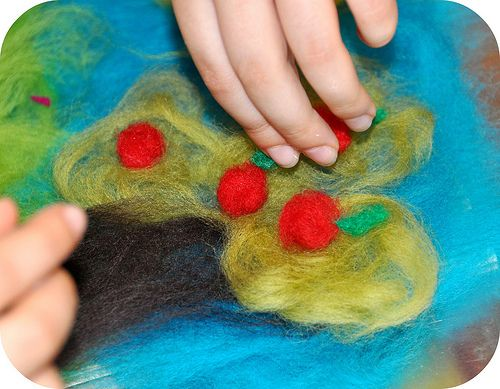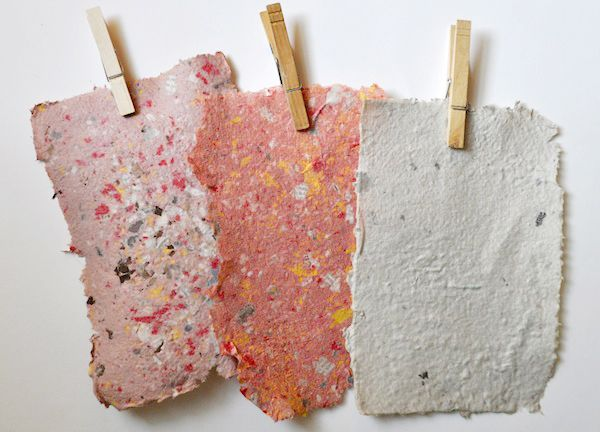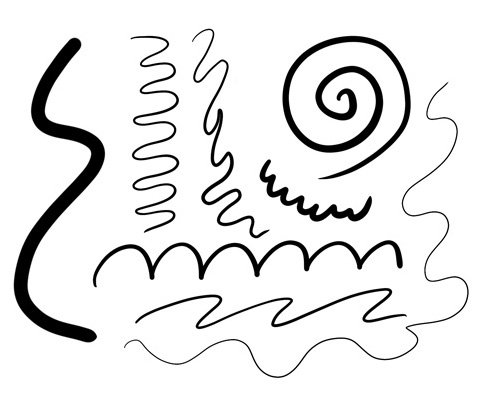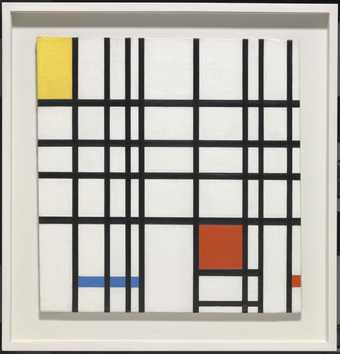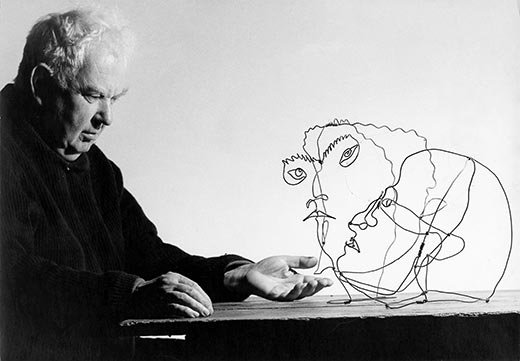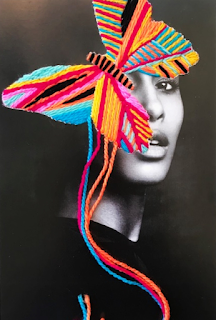We have a Fibers Studio in our art room where you can express your creativity by sewing, knitting, weaving, crocheting, making pom pons and stitching just to name a few Fiber techniques.
Fiber art is a style of art which uses textiles such as fabric, yarn, and natural and synthetic fibers-- (manufactured or human-made with chemicals like plastics--like the stuffing in pillows) .
Being made by hand and the materials used are what makes this type of art Fiber Arts.
Natural Fibers can come from PLANTS or ANIMALS
Let's look at some of the many ways artists use Fibers to create art.
Quilting-
the process of joining a minimum of three layers of fabric together either through stitching by hand, using a needle and thread or sewing machine.
 |
 |
Weaving
 |
 |
If something is woven it has been made by weaving. "Woven textiles have a wide variety of uses from couch cushions to a pair of jeans or a backpack. Weaving is done on a loom and there are a variety of types."

Basket Weaving is also a type of weaving and a Fiber Art
|
|
Sewing
Sewing can be done by Hand and Machine
Knitting
a handicraft in which yarn is looped with a hooked needle
|
|
|
Tie Dying and Batik
The color of textiles is changed through a process of dyeing. This can be done with natural or synthetic dyes.
Tie Dye
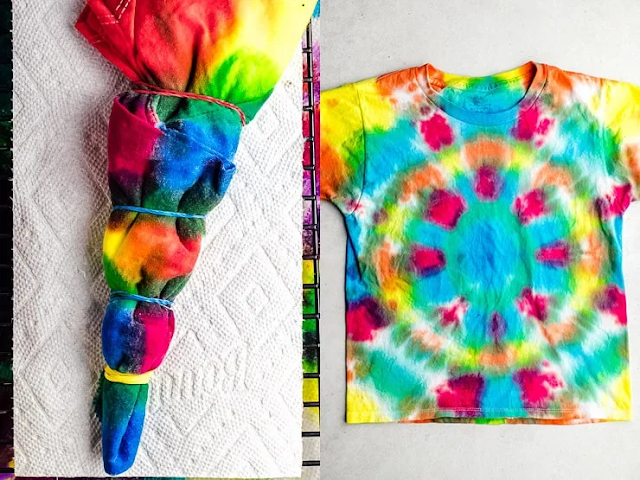 |
Wax Batik
These two processes use a resist. The resist prevents the dye from coloring the fabric. The rubber bands and was block the dye and leave the pattern or design. |
 |
|
|
|
|
dyed wool for felting





